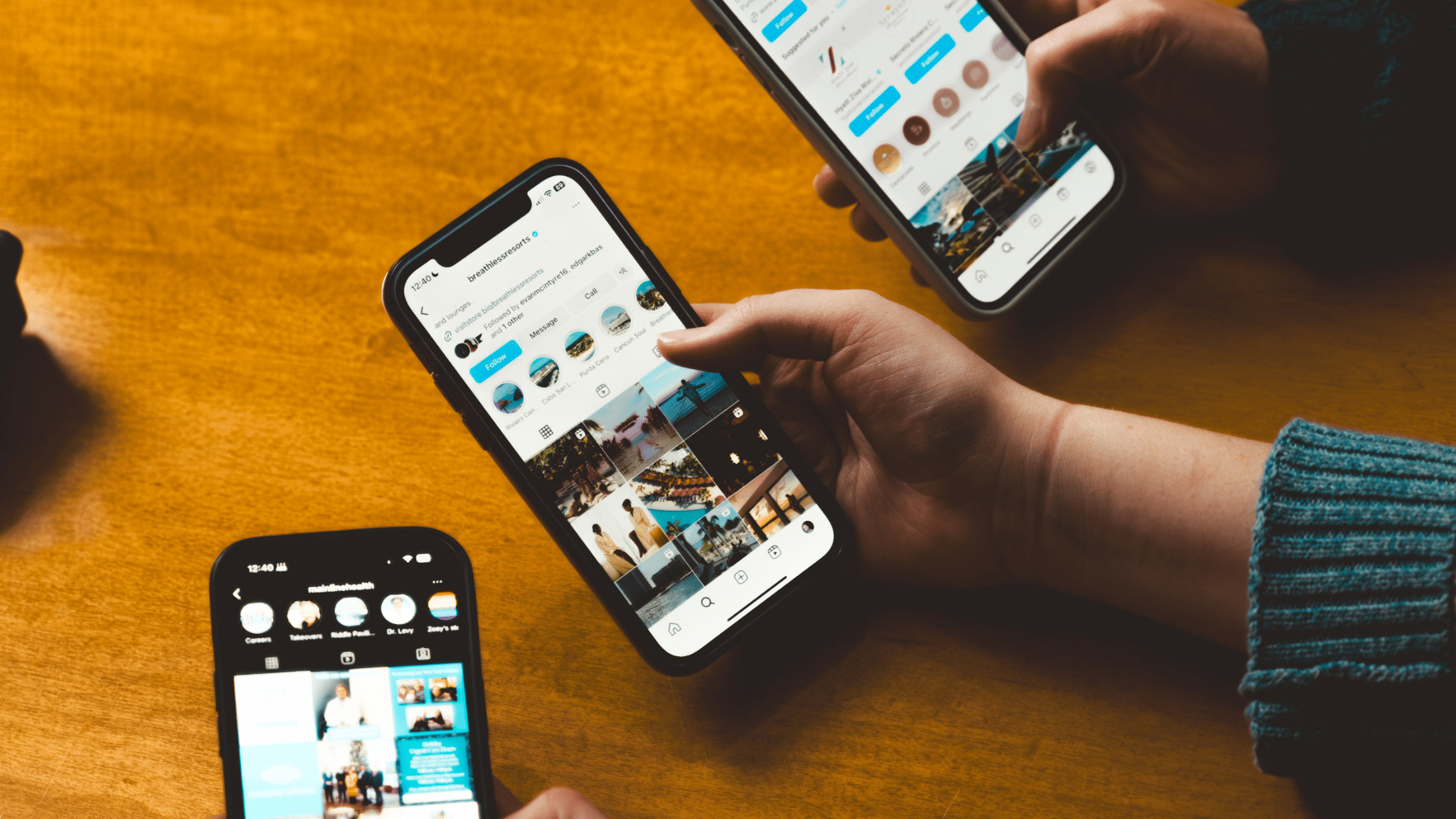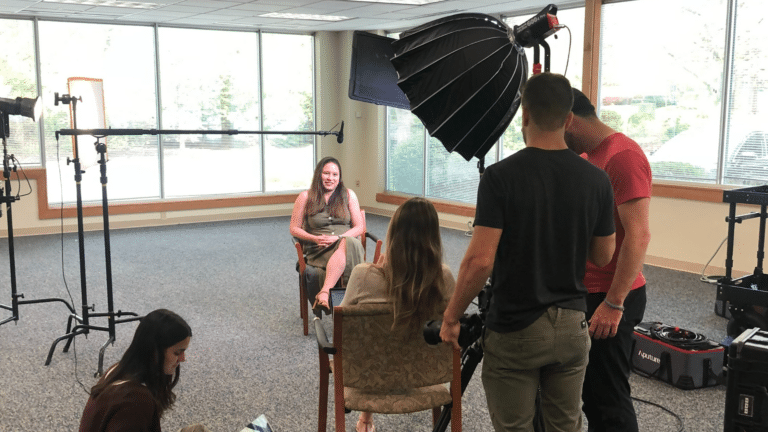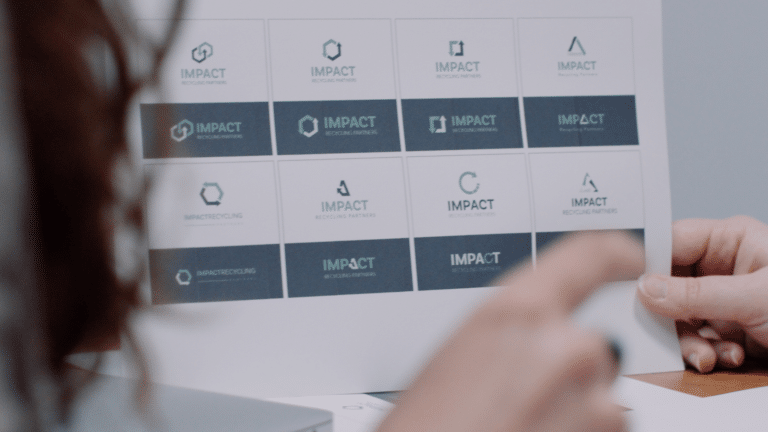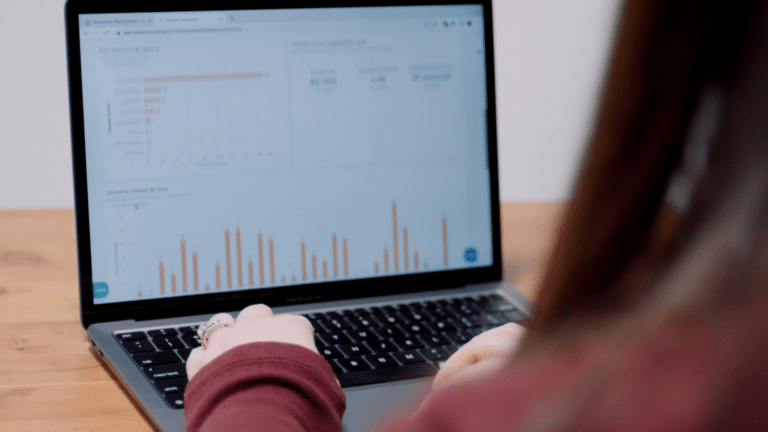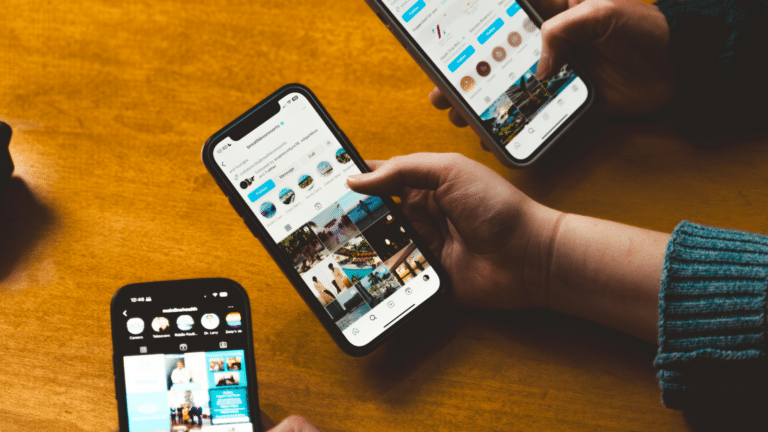When considering organic vs paid social media for your brand, it’s essential to understand each option. When done correctly, social media has massive power to reach your target audience and build loyalty and conversions.
Forge Apollo is a social media marketing agency in Philadelphia specializing in organic and paid social media. In this guide, we outline what to know about each type of social media and how to determine which one is right for your brand.
What is Organic Social Media?
Organic social media is the posts a brand makes from its own profile with no hard cost for distribution. These posts can take various formats, including single images, text, video, and more. The platform uses an algorithm to deliver these posts to the brand’s followers and new audiences.
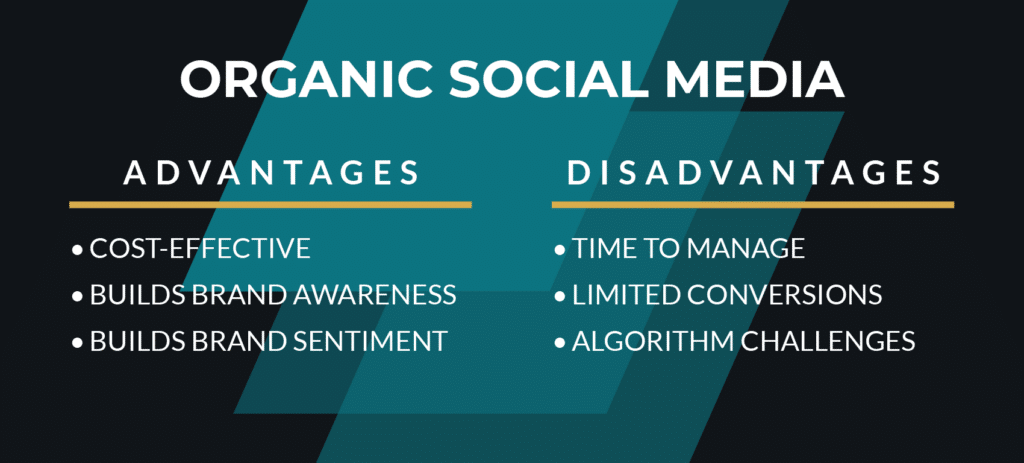
Costs of Organic Social Media
People often refer to organic social media as a “free” option with no hard cost to the platform. While posting is free, your brand may incur costs to create and manage content.
These costs can include:
- Staffing – Creating or managing organic social media content will take up some of your internal employees’ time, or the cost of an agency if you prefer to hire external help.
- Production Costs – This may include the cost of equipment (like a phone, camera, or laptop), editing tools (like Canva or Photoshop), and potentially scheduling tools (like Hootsuite or Later). It can also include the cost of hiring an external production company, like Forge Apollo in Philadelphia, to create content for you.
The Advantages of Organic Social
Organic social media can have many advantages for your brand, such as the following.
- Cost-Effective – With no hard spend costs, organic social media is a cost-effective marketing channel.
- Builds Brand Awareness – Organic social can introduce your brand to new users across the platform.
- Builds Brand Sentiment – Organic social is the perfect place to give users an inside look at your culture and team, which helps build loyalty with your current audience.
The Disadvantages of Organic Social
There are a few disadvantages of organic social media.
- Time – Creating and posting content, keeping up with trends, and interacting with users can take a significant amount of time daily.
- Limited Conversions – Organic social media typically drives higher-level funnel interactions rather than conversions.
- Algorithms – Social platforms constantly update their algorithms. These may prove challenging to keep up with to maintain visibility.
What is Paid Social Media?
Paid social media is ads that run on social media platforms. People often compare Google ads vs paid social media because some social media ads are pay-per-click, like Google Ads. However, others also charge per impression instead. Brands pay social platforms, like Facebook or LinkedIn, a hard cost to promote their content through the platform. This can include multiple types of content, like single images or videos. They can appear in multiple places across the platform, such as the feed or stories.
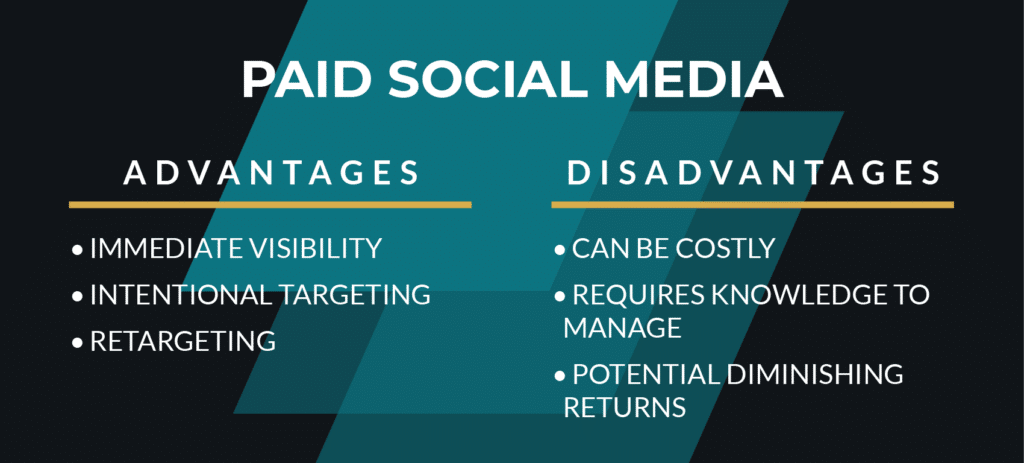
Boosted Posts vs. Ads
When talking about paid social media, there are two types to consider: Boosted Posts and Ads. A boosted post is an organic social media post that you pay to promote for extra reach or engagement. It will look almost exactly like an organic post in users’ feeds but will include a “sponsored” or “promoted” label. When you pay to boost a post, you put a specific budget behind it and select some basic targeting options in a few clicks.
Ads, on the other hand, are more involved to set up. To create ads, you set up more detailed information and creative in the social platform’s ad management platform. They offer more customization, placement, and objective options than boosted posts.
Boosted posts are a great tool for those with limited objectives or experience. They also make a great supplement to paid ad strategies to increase awareness. However, full-on ads allow you to execute a more complex strategy.
Costs of Paid Social Media
Paid social media can be more expensive than organic social media due to the following costs.
- Production Costs – Like organic, this can be done internally or by an external agency.
- Hard Costs – Hard costs are the money paid directly to the social media platform to run the ads. Depending on your goals and the scope of the campaign, this can vary wildly from hundreds of dollars a month to tens of thousands.
- Management Costs – Paid social ads must be managed and optimized over time for peak performance. External agencies typically charge either a flat monthly fee or a percentage of hard costs to do this.
The Advantages of Paid Social
Paid social provides some unique benefits for brands over organic, including the following.
- Immediate Visibility – By paying to distribute content, brands gain immediate visibility to their target audience instead of working the algorithm for it.
- Intentional Targeting – While organic social posts can theoretically end up in anyone’s feed, paid social ads have many targeting options. These include demographic data like age and location and behavioral data like interests.
- Retargeting – Paid social ads allow brands to specifically target people who have interacted with their brand before, increasing the chance of a conversion.
The Disadvantages of Paid Social
Of course, paid social media also has its disadvantages.
- Can Be Costly – Depending on the audience a brand is targeting and the platform, the hard costs of ads can rise quickly. Some brands may not have enough budget to compete.
- Requires a Skilled Manager – To get the most from a paid campaign, brands need someone knowledgeable about each platform to set up and manage it.
- Diminishing Returns – If a brand targets the same audience with too much of the same content, the audience may start to tune them out. Proper campaign management can avoid this.
When to Choose Organic vs Paid Social Media (and Vice Versa)
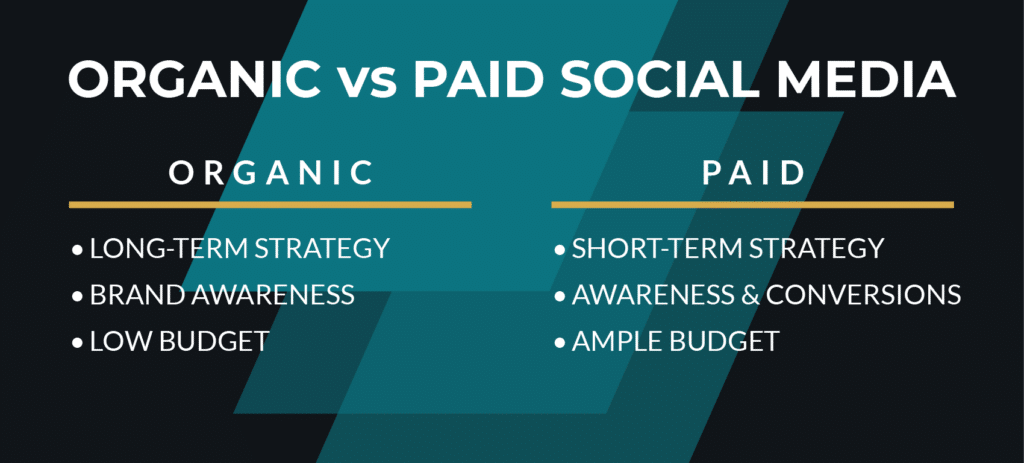
When deciding if you should put your effort into organic vs paid social media, it’s important to consider your audience, goals, and budget.
First, evaluate your audience and figure out which platforms they use. People use platforms for different purposes and will be receptive to different kinds of content on each. Depending on their target age group, B2C brands may find better luck on personal platforms, like Facebook or Instagram. Professional audiences will be more receptive to content from B2B brands on LinkedIn.
Next, consider your goals. Is your primary focus brand awareness, loyalty, conversions, or a mixture? Are you prioritizing short-term wins or long-term strategy?
Finally, take a hard look at your budget and internal resources. Do you have, or can you hire, employees to run your social efforts? Do you have the budget to work with an agency instead? How much could you put behind hard ad costs?
Organic social media is best if you’re working with a relatively small budget, especially if you have someone who can run it in-house. It works best for brand awareness and loyalty rather than conversions. Plus, it builds long-term awareness and sentiment.
Paid social media is best if you have the budget for hard spending and knowledgeable management. It’s best for driving conversions while also building brand awareness. It can be a good tool for short-term wins.
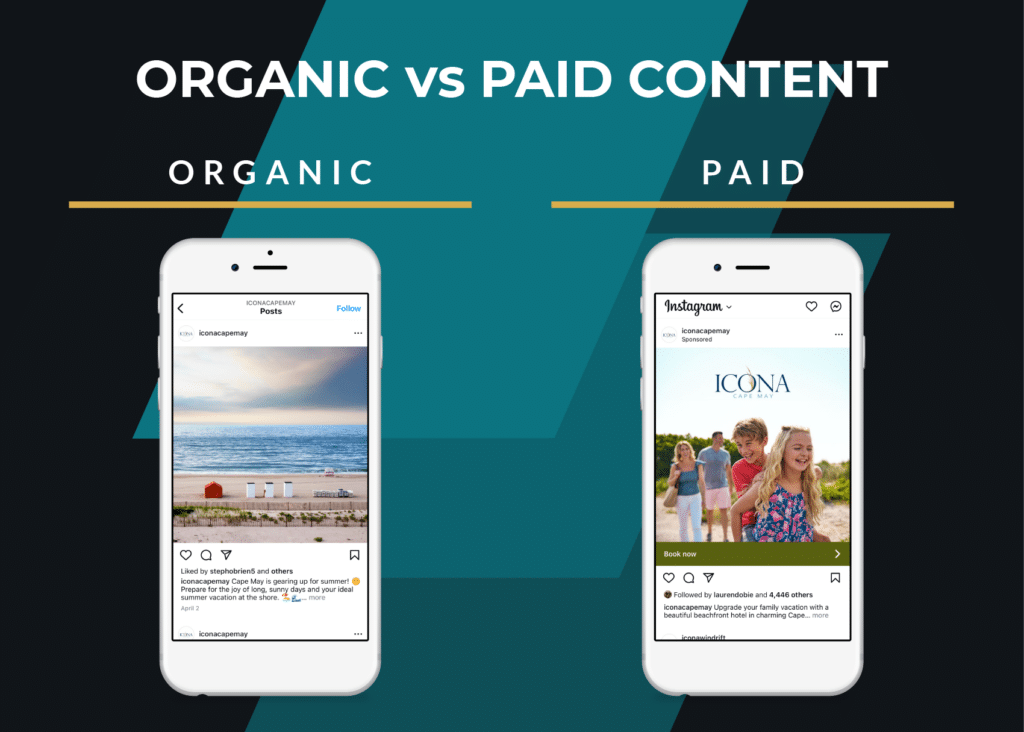
Integrating Organic and Paid Social Media
The best strategies integrate organic and paid social media for a holistic approach. Brands can use organic social media to establish a genuine connection with their audience through consistent, meaningful content. They can use paid social media for more immediate reach and promotion of specific products or services to a targeted audience.
By combining the authenticity and engagement of organic posts with the targeted strategy of paid ads, brands can effectively build an audience and nurture them toward a conversion.
Metrics to Consider When Evaluating Success
The exact metrics to measure success depend on the goal of your campaign. Here are a few to start with for each type of social media.
Metrics for organic social media:
- Impressions and views
- Followers
- Engagement rate
- Clicks
- Shares
- Comments
- Saves
Metrics for paid social media:
- Impressions
- Clicks
- Click-through-rate
- Cost per mille (CPM) (Cost per 1,000 impressions)
- Cost per click (CPC)
- Return on ad spend (ROAS)
- Leads / Conversions
By monitoring these metrics over time, brands can adjust their strategy to improve performance.
Seek Help for Social Media Marketing
If the world of social media marketing feels overwhelming, that’s okay. It can be time-consuming and highly dependent on knowledge of platform features, trends, and ever-changing algorithms. Brands don’t have to miss out on the power of social because they don’t want to run it themselves.
Forge Apollo can advise you on comparing paid vs organic social media and choosing the best strategy. Our team of experts knows the current environment and trends. We can help strategize, produce, post, and manage content on every platform. Contact us today to start discussing your social media marketing goals.
